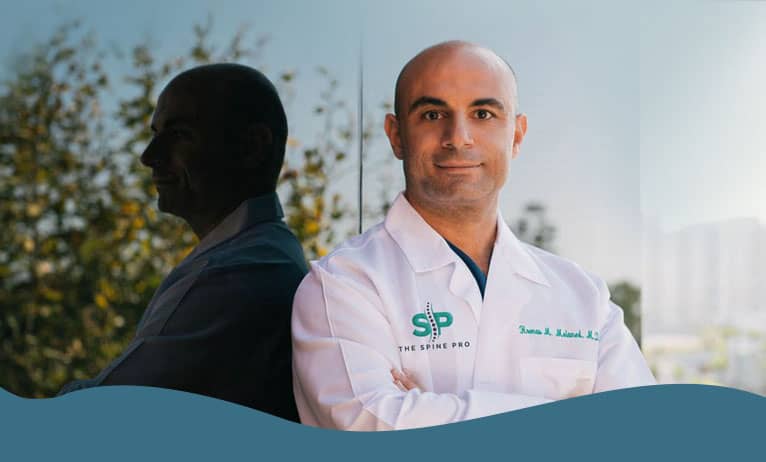
What is Spondylolisthesis?
Spondylolisthesis is a condition that is commonly called a slipped vertebra. Due to a genetic proclivity or some trauma such as a car accident, one of the vertebra slip out of place over the vertebra below it. A slipped vertebra can occur anywhere along your spine but is most commonly found in the middle of the lumbar spine.
Spondylolisthesis is not the same as a slipped disc. To understand the difference, it will help to review the anatomy of the spine. The top three regions of the spine, the neck (cervical), mid-back (thoracic) and lower-back (lumbar) contain 24 vertebrae. Between each vertebra, there is an intervertebral disc which serves as a shock absorber. In total there are 23 intervertebral discs which are made of firm tissue, not bone. Intervertebral discs will herniate; bones will break and chip.
One way to recall the meaning of the word spondylolisthesis is to remember that ‘spondylos’ means vertebra in Greek; ‘olisthanein’ means to slip. Combine the two, and you have a slipped vertebra.
What are the five types of spondylolisthesis?
- Degenerative: Caused by degenerative changes in the spine usually involving destabilization caused by facet joint and disc degeneration which leads to a vertebra slipping
- Isthmic: Microtrauma that occurs in adolescence as the result of athletics
- Traumatic: Occurs after a fracture of the pars interarticularis or facet joint structures due to a trauma such as a car accident.
- Dysplastic: Congenital condition often with the abnormal alignment of facet joints
- Pathologic: Related to systemic causes such as bone and connective tissue disorders, infections or tumors.
What are the symptoms of spondylolisthesis?
- Pain in the lower spine
- Leg stiffness
- Pain in thigh
- Tight hamstring
- Pain in buttocks
How do you treat spondylolisthesis?
- Over-the-counter nonsteroidal anti-inflammatory drugs (NSAID) such as aspirin, naproxen and ibuprofen will reduce pain and inflammation.
- Physical therapy that focuses on posture, range-of-motion and joint flexibility will help build strength and reduce pain.
- Yoga, Pilates and Tai Chi may also help the patient improve mobility, reduce stress and enhance the immune system.
- Back brace provides support for the lumbar region
What if the nonsurgical treatments do not relieve the pain of spondylolisthesis?
Some patients may not respond to conservative therapy and may require surgery. For patients with severe pain due to the degree of slippage of the vertebra, surgery may be the optimal treatment. Dr. Melamed may request additional imaging tests of the disc lesion using X-rays and MRIs. He will review the results with you and discuss the best option. For most patients who suffer from a severely slipped vertebra, the best surgical option may be a spinal fusion.
Modern spinal fusion operations are minimally invasive. The required incisions are small which leads to lower risks of infection, decreased bleeding and reduced back muscle discomfort. Dr. Melamed’s minimally invasive surgeries are opioid-free during the operation and through recovery. As a result, the risk of unwanted opioid addiction is significantly reduced.
Click on the “Schedule Appointment” button at the top of this page, or call Dr. Melamed’s office for more information. There is no better time than today to start the journey to a life without back pain. Call us at 424-21-SPINE
1 Spondylolisthesis: Diagnosis, Non-Surgical Management, and Surgical Techniques, A. Wollowick, V. Sarwahi, Pg 3, Springer Publishing



